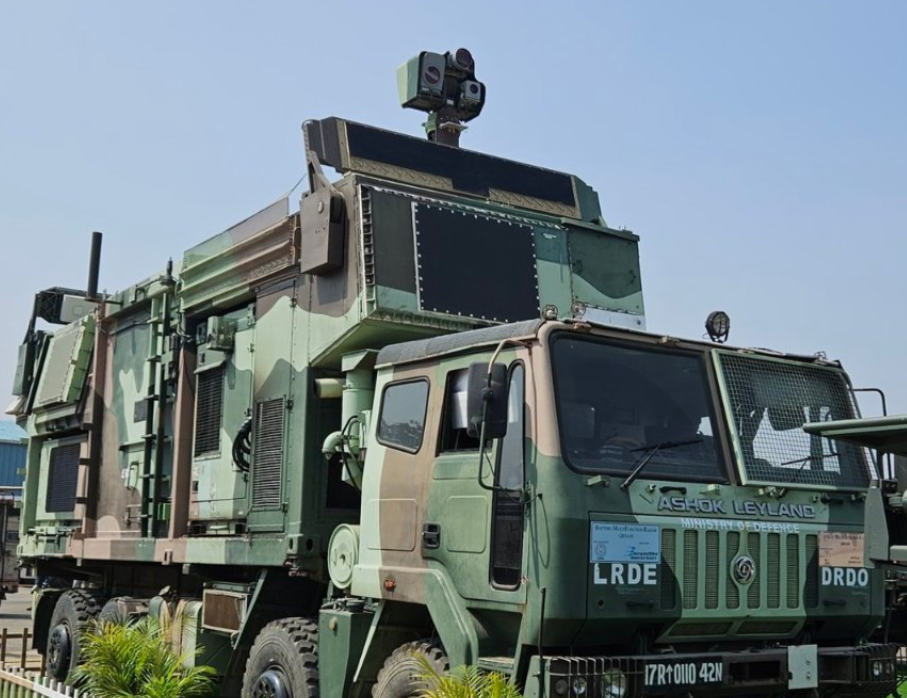India Plans ₹30,000 Cr Acquisition of Indigenous Quick Reaction Missile Systems : In a significant step to bolster India’s air defense capabilities, the Ministry of Defense is preparing to take up a proposal for the acquisition of three regiments of indigenous Quick Reaction Surface-to-Air Missile (QRSAM) systems. This strategic procurement, valued at approximately ₹30,000 crore, is expected to come up for approval during the upcoming meeting of the Defense Acquisition Council, scheduled around the fourth week of June.
India Plans ₹30,000 Cr Acquisition of Indigenous Quick Reaction Missile Systems
In a significant step to bolster India’s air defense capabilities, the Ministry of Defense is preparing to take up a proposal for the acquisition of three regiments of indigenous Quick Reaction Surface-to-Air Missile (QRSAM) systems. This strategic procurement, valued at approximately ₹30,000 crore, is expected to come up for approval during the upcoming meeting of the Defense Acquisition Council, scheduled around the fourth week of June.
These QRSAM systems, developed by the Defense Research and Development Organization (DRDO), are designed to significantly strengthen the Indian Army’s preparedness against modern aerial threats, including aircraft, missiles, and drones. The systems will be strategically deployed along India’s western and northern borders, areas where the potential for cross-border threats remains high.
One of the standout features of these indigenous missile systems is their high mobility. The QRSAM is engineered with advanced capabilities that allow it to search and track targets while on the move, and engage them in short halts—an essential feature for rapidly changing combat scenarios. Defense officials highlighted that the missile systems underwent rigorous trials and evaluations under both day and night operational conditions, demonstrating their effectiveness in diverse environments.
The QRSAM, which has an effective range of around 30 kilometers, is designed to function in synergy with existing short to medium range air defense platforms like the Akash and MRSAM systems currently in service. This layered approach to air defense aims to ensure comprehensive coverage against a wide range of threats.
This acquisition comes in the wake of a four-day conflict with Pakistan last month, during which the Indian Army’s air defense units effectively countered the majority of incoming drone attacks. The response primarily relied on the use of legacy air defense guns such as the L70 and ZU-23, along with modern systems like the Akash and MRSAM. The Indian Air Force also played a vital role by deploying its advanced S-400 Triumf systems, significantly enhancing the country’s aerial shield.
Looking forward, the Indian Army’s air defense corps is also set to receive a host of modern technologies including new radars, very short-range air defense systems, jammers, and laser-based counter-drone systems. These additions aim to counter the evolving threat of drones, particularly those of Turkish and Chinese origin, which have been increasingly used in modern combat environments.
This massive upgrade not only marks a leap forward in India’s defense self-reliance but also strengthens its readiness to respond swiftly and effectively to any air-based threats along critical borders.
Disclaimer: This article is based on defense-related developments sourced from publicly available information. All financial figures and strategic decisions are subject to official confirmation from the Ministry of Defense.

